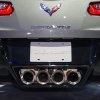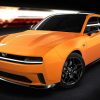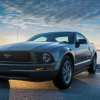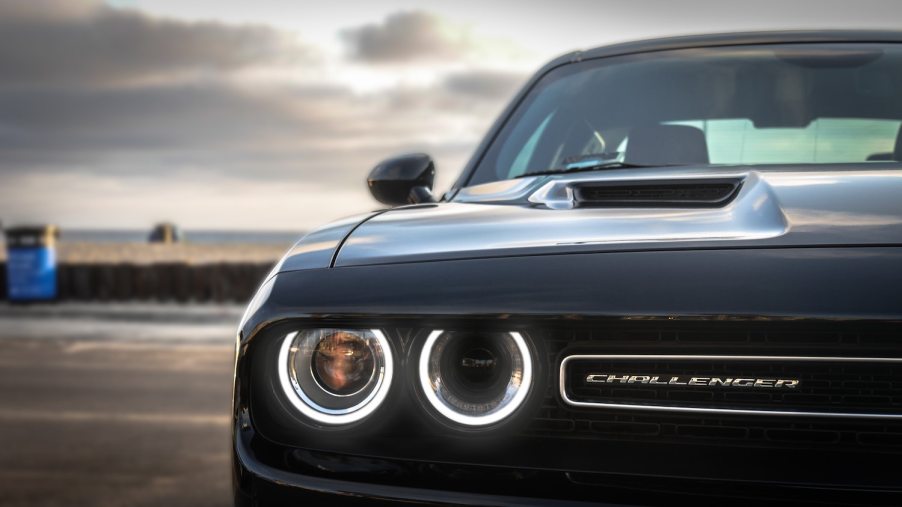
Will Dodge’s New Challenger Borrow the eTorque Engine From Ram Pickup Trucks?
Dodge is finally ending production of its twelve year old Challenger and Charger chassis. The automaker will make both cars in their current form for two more years. But by 2024, Dodge promises to move onto an eMuscle future. Will we see a 2024 Challenger? If so, will it share the eTorque mild mild hybrid HEMI drivetrain with Ram trucks?
Is Dodge making a new Challenger for 2024?
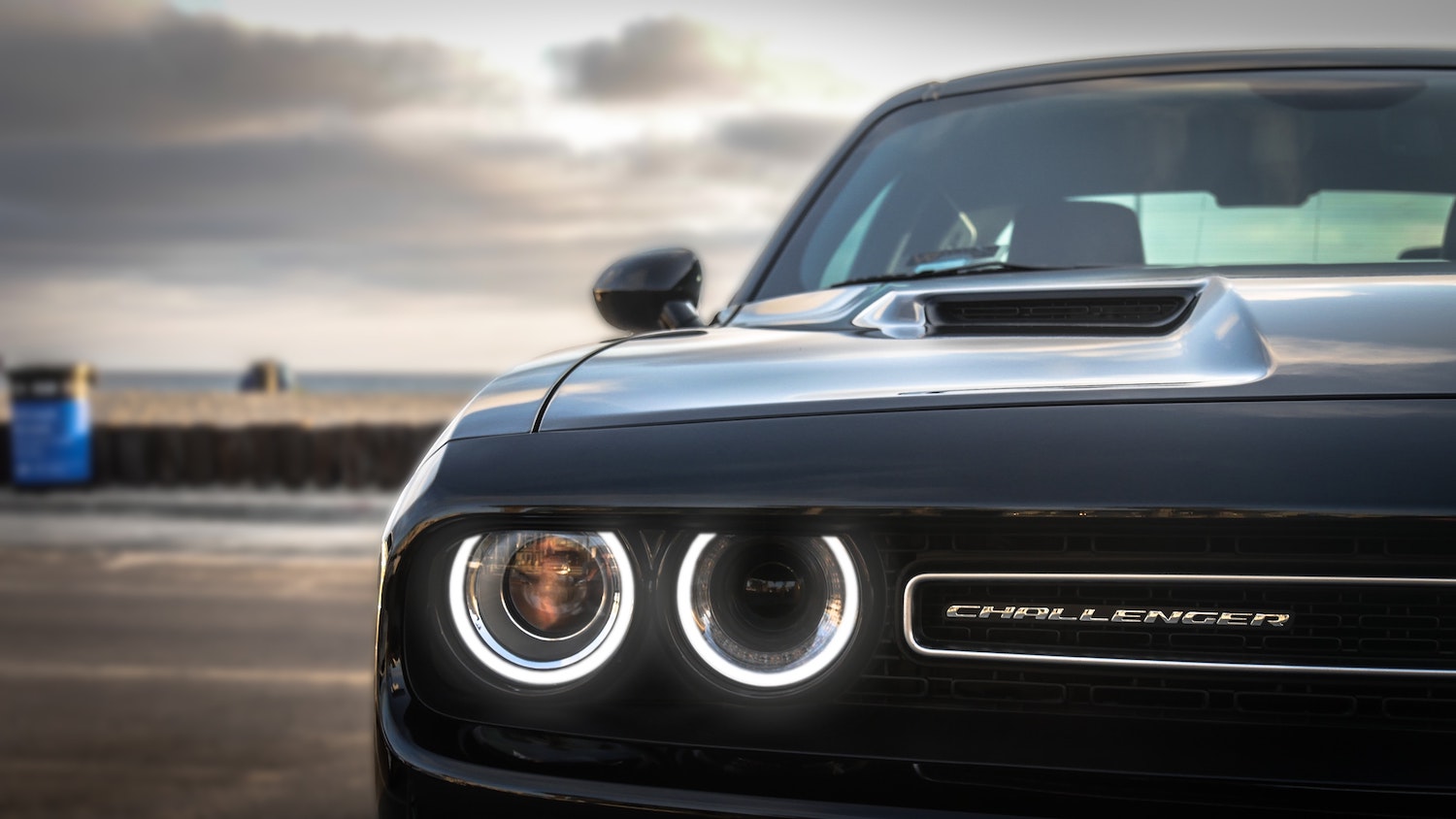
So far, we do not know what the future holds for Dodge. The automaker is being tight-lipped about its future lineup. What we do know is that the company is discontinuing its current Dodge Charger, Challenger, and Durango chassis. But we may see those nameplates on all-new vehicles for the 2024 model year.
We also know that this new lineup will feature a lot of “eMuscle” technology. The company claims this is for purely performance reasons. CEO Tim Kuniskis said, “If a charger can make a Charger quicker, we’re in.”
Dodge’s parent company, Stellantis, is consolidating technology across its 14 brands. If there is a 2024 Challenger, it will share a platform with its Italian cousins: the Alfa Romeo Giulia sedan and Stelvio SUV. This chassis is codenamed “STLA Large.” It will underpin all future AWD and American muscle vehicles from Stellantis brands.
This chassis will support three very different drivetrains: one will be an internal combustion based mild hybrid. Another will be a plug-in hybrid. The third and final drivetrain will be full battery electric.
eTorque Rams couple a HEMI V8 with a mild hybrid system
Ram trucks pioneered a mild hybrid system to save gasoline while improving drivability. A mild hybrid drivetrain essentially adds a powerful starter/alternator unit to an internal combustion engine to add regenerative braking and improve engine start/stop drivability.
Ram’s eTorque system starts with a regular 5.7-liter HEMI V8. The system connects an electric engine, capable of 130 lb-ft of torque, to the engine via a serpentine belt. It also includes a 48-volt lithium-ion battery pack installed behind the rear seat.
While coming to a stop, an eTorque Ram actually shuts its internal combustion engine off. When the driver accelerates from a stop, the electric engine actually spins the entire drivetrain. As the vehicle speeds up, it starts its internal combustion engine.
When an eTorque-equipped Ram needs to slow down, it converts this engine into a generator. In this way, it charges its battery and reduces wear on the hydraulic brakes.
The eTorque system is designed to smooth out the driving experience while saving gas. It boosts the V8 Ram’s fuel mileage by about 2 MPG (average). But it does not increase the vehicle’s power rating or performance. Perhaps, in a Dodge muscle car the same system could be tuned differently.
Dodge muscle cars borrow a lot of Ram pickup truck tech–and vice versa
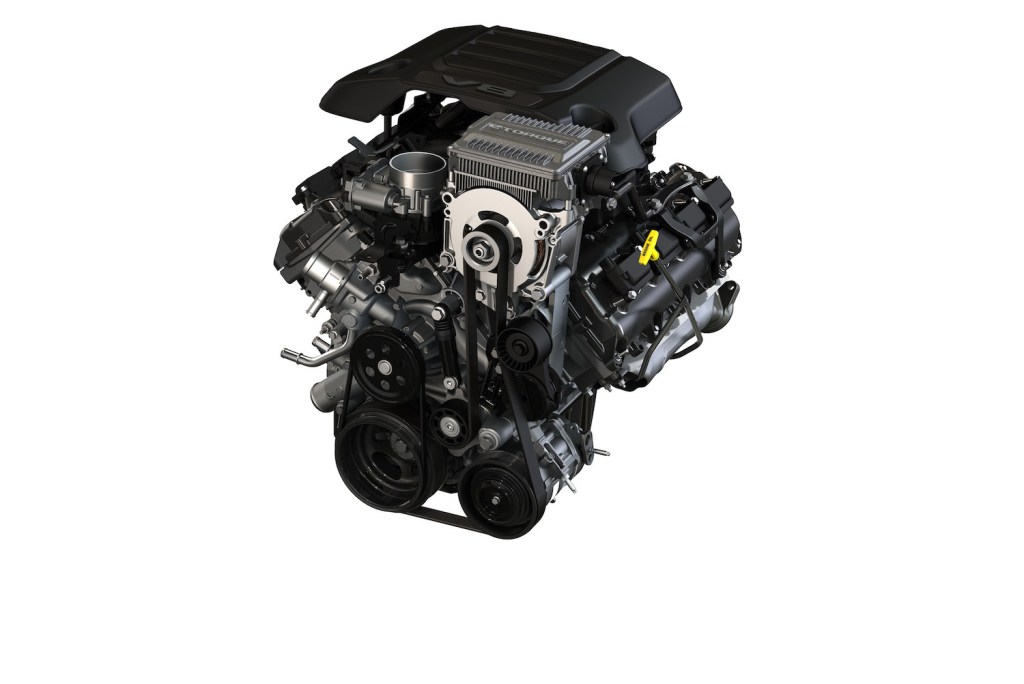
Ram was once a badge for Dodge trucks. Fiat Chrysler Automotive (FCA) split the two brands apart in 2009. Obviously, Dodge and Ram still share a lot of technology.
The most obvious shared piece of technology found in both Ram trucks and Dodge muscle cars is the engine lineup. Both brands leverage the Pentastar V6 and multiple sizes of the HEMI V8.
FCA (and more recently Stellantis) share proprietary technologies between Dodge and Ram. These technologies range from the SRT supercharged Hellcat engine to the fuel-saving multi displacement system (MDS) that shuts off cylinders when unneeded.
It is actually surprising that Dodge does not yet use Ram’s successful eTorque system. If the Challenger survives for another generation, and is available with a HEMI V8, it is a safe bet it will be available with eTorque.
